
Post-Quantum Cryptography Market Size, Growth Drivers and Outlook 2034
Post-Quantum Cryptography Market Growth, Size, Trends Analysis - By Type, By Solution, By Services, By Enterprise Size, By Vertical - Regional Outlook, Competitive Strategies and Segment Forecast to 2034
| Published: Aug-2025 | Report ID: IACT25146 | Pages: 1 - 266 | Formats*: |
| Category : Information & Communications Technology | |||


- In April 2025, PQShield introduced PQPlatform-TrustSys, a quantum-safe Root of Trust solution aimed at ensuring that ASICs and FPGAs adhere to the forthcoming PQC standards, including the NSA’s CNSA 2.0. Centered on a PQC-first architecture, PQPlatform-TrustSys supports secure boot, secure update, and lifecycle key management with minimal integration effort, while also offering robust key origin and permission tracking to uphold security, even in the event of a compromise of the host system.
- In July 2024, Thales Group and IBM Consulting partnered to develop a suite of tools and solutions that will enhance PQC readiness. One of the most recent partnerships is the IBM Consulting "Quantum-Safe 360" transformation project, which aims to enhance and expedite client readiness for PQC.
- January 2024: Thales Group joined forces with Quantinuum to introduce its PCQ Starter Kit, which assists companies in preparing for PQC by evaluating quantum-hardened, PQC-ready encryption keys.
| Report Metric | Details |
| Market size available for years | 2021-2034 |
| Base year considered | 2024 |
| Forecast period | 2025-2034 |
| Segments covered | By Type, By Solution, By Services, By Enterprise Size, By Vertical |
| Regions covered | North America, Latin America, Asia-Pacific, Europe, and Middle East & Africa |
| Companies Covered | NXP Semiconductor, Thales, IDEMIA, Palo Alto Networks, DigiCert, Kloch Technologies, LLC, PQ Solutions Limited, PQShield Ltd, Entrust Corporation, IBM Corporation. |
- Global Post-Quantum Cryptography Market Size (FY’2021-FY’2034)
- Overview of Global Post-Quantum Cryptography Market
- Segmentation of Global Post-Quantum Cryptography Market By Type (Lattice-Based Cryptography, Code-Based Cryptography, Multivariate Cryptography, Hash-Based Cryptography, Others)
- Segmentation of Global Post-Quantum Cryptography Market By Solution (Quantum-Resistant Algorithms, Quantum-Safe Cryptographic Libraries, Quantum-Safe Authentication Solutions, Quantum-Resistant Encryption Solutions, Quantum-Safe VPN, Email, Messaging, Quantum-Safe Blockchain Solutions, Quantum-Safe Hardware)
- Segmentation of Global Post-Quantum Cryptography Market By Services (Design, Implementation, and Consulting, Migration Services, Quantum Risk Assessment)
- Segmentation of Global Post-Quantum Cryptography Market By Enterprise Size (Small & Medium Enterprises, Large Enterprises)
- Segmentation of Global Post-Quantum Cryptography Market By Vertical (BFSI, Retail & E-commerce, Healthcare, Government and Defense, IT & ITES, Others)
- Statistical Snap of Global Post-Quantum Cryptography Market
- Expansion Analysis of Global Post-Quantum Cryptography Market
- Problems and Obstacles in Global Post-Quantum Cryptography Market
- Competitive Landscape in the Global Post-Quantum Cryptography Market
- Details on Current Investment in Global Post-Quantum Cryptography Market
- Competitive Analysis of Global Post-Quantum Cryptography Market
- Prominent Players in the Global Post-Quantum Cryptography Market
- SWOT Analysis of Global Post-Quantum Cryptography Market
- Global Post-Quantum Cryptography Market Future Outlook and Projections (FY’2025-FY’2034)
- Recommendations from Analyst
- 1.1. Scope of the report
- 1.2. Market segment analysis
- 2.1. Research data source
- 2.1.1. Secondary Data
- 2.1.2. Primary Data
- 2.1.3. SPERs internal database
- 2.1.4. Premium insight from KOLs
- 2.2. Market size estimation
- 2.2.1. Top-down and Bottom-up approach
- 2.3. Data triangulation
- 4.1. Driver, Restraint, Opportunity and Challenges analysis
- 4.1.1. Drivers
- 4.1.2. Restraints
- 4.1.3. Opportunities
- 4.1.4. Challenges
- 5.1. SWOT Analysis
- 5.1.1. Strengths
- 5.1.2. Weaknesses
- 5.1.3. Opportunities
- 5.1.4. Threats
- 5.2. PESTEL Analysis
- 5.2.1. Political Landscape
- 5.2.2. Economic Landscape
- 5.2.3. Social Landscape
- 5.2.4. Technological Landscape
- 5.2.5. Environmental Landscape
- 5.2.6. Legal Landscape
- 5.3. PORTER’s Five Forces
- 5.3.1. Bargaining power of suppliers
- 5.3.2. Bargaining power of buyers
- 5.3.3. Threat of Substitute
- 5.3.4. Threat of new entrant
- 5.3.5. Competitive rivalry
- 5.4. Heat Map Analysis
- 6.1. Global Post-Quantum Cryptography Market Manufacturing Base Distribution, Sales Area, Product Type
- 6.2. Mergers & Acquisitions, Partnerships, Product Launch, and Collaboration in Global Post-Quantum Cryptography Market
- 7.1. Lattice-Based Cryptography
- 7.2. Code-Based Cryptography
- 7.3. Multivariate Cryptography
- 7.4. Hash-Based Cryptography
- 7.5. Others
- 8.1. Quantum-Resistant Algorithms
- 8.2. Quantum-Safe Cryptographic Libraries
- 8.3. Quantum-Safe Authentication Solutions
- 8.4. Quantum-Resistant Encryption Solutions
- 8.5. Quantum-Safe VPN, Email, Messaging
- 8.6. Quantum-Safe Blockchain Solutions
- 8.7. Quantum-Safe Hardware
- 9.1. Design, Implementation, and Consulting
- 9.2. Migration Services
- 9.3. Quantum Risk Assessment
- 10.1. Small & Medium Enterprises (SMEs)
- 10.2. Large Enterprises
- 11.1. BFSI
- 11.2. Retail & E-commerce
- 11.3. Healthcare
- 11.4. Government and Defense
- 11.5. IT & ITES
- 11.6. Others
- 12.1. Global Post-Quantum Cryptography Market Size and Market Share
- 13.1. Asia-Pacific
- 13.1.1. Australia
- 13.1.2. China
- 13.1.3. India
- 13.1.4. Japan
- 13.1.5. South Korea
- 13.1.6. Rest of Asia-Pacific
- 13.2. Europe
- 13.2.1. France
- 13.2.2. Germany
- 13.2.3. Italy
- 13.2.4. Spain
- 13.2.5. United Kingdom
- 13.2.6. Rest of Europe
- 13.3. Middle East and Africa
- 13.3.1. Kingdom of Saudi Arabia
- 13.3.2. United Arab Emirates
- 13.3.3. Qatar
- 13.3.4. South Africa
- 13.3.5. Egypt
- 13.3.6. Morocco
- 13.3.7. Nigeria
- 13.3.8. Rest of Middle-East and Africa
- 13.4. North America
- 13.4.1. Canada
- 13.4.2. Mexico
- 13.4.3. United States
- 13.5. Latin America
- 13.5.1. Argentina
- 13.5.2. Brazil
- 13.5.3. Rest of Latin America
- 14.1. NXP Semiconductor
- 14.1.1. Company details
- 14.1.2. Financial outlook
- 14.1.3. Product summary
- 14.1.4. Recent developments
- 14.2. Thales
- 14.2.1. Company details
- 14.2.2. Financial outlook
- 14.2.3. Product summary
- 14.2.4. Recent developments
- 14.3. IDEMIA
- 14.3.1. Company details
- 14.3.2. Financial outlook
- 14.3.3. Product summary
- 14.3.4. Recent developments
- 14.4. Palo Alto Networks
- 14.4.1. Company details
- 14.4.2. Financial outlook
- 14.4.3. Product summary
- 14.4.4. Recent developments
- 14.5. DigiCert
- 14.5.1. Company details
- 14.5.2. Financial outlook
- 14.5.3. Product summary
- 14.5.4. Recent developments
- 14.6. Kloch Technologies, LLC
- 14.6.1. Company details
- 14.6.2. Financial outlook
- 14.6.3. Product summary
- 14.6.4. Recent developments
- 14.7. PQ Solutions Limited
- 14.7.1. Company details
- 14.7.2. Financial outlook
- 14.7.3. Product summary
- 14.7.4. Recent developments
- 14.8. PQShield Ltd
- 14.8.1. Company details
- 14.8.2. Financial outlook
- 14.8.3. Product summary
- 14.8.4. Recent developments
- 14.9. Entrust Corporation
- 14.9.1. Company details
- 14.9.2. Financial outlook
- 14.9.3. Product summary
- 14.9.4. Recent developments
- 14.10. IBM Corporation
- 14.10.1. Company details
- 14.10.2. Financial outlook
- 14.10.3. Product summary
- 14.10.4. Recent developments
- 14.11. Others
SPER Market Research’s methodology uses great emphasis on primary research to ensure that the market intelligence insights are up to date, reliable and accurate. Primary interviews are done with players involved in each phase of a supply chain to analyze the market forecasting. The secondary research method is used to help you fully understand how the future markets and the spending patterns look likes.
The report is based on in-depth qualitative and quantitative analysis of the Product Market. The quantitative analysis involves the application of various projection and sampling techniques. The qualitative analysis involves primary interviews, surveys, and vendor briefings. The data gathered as a result of these processes are validated through experts opinion. Our research methodology entails an ideal mixture of primary and secondary initiatives.
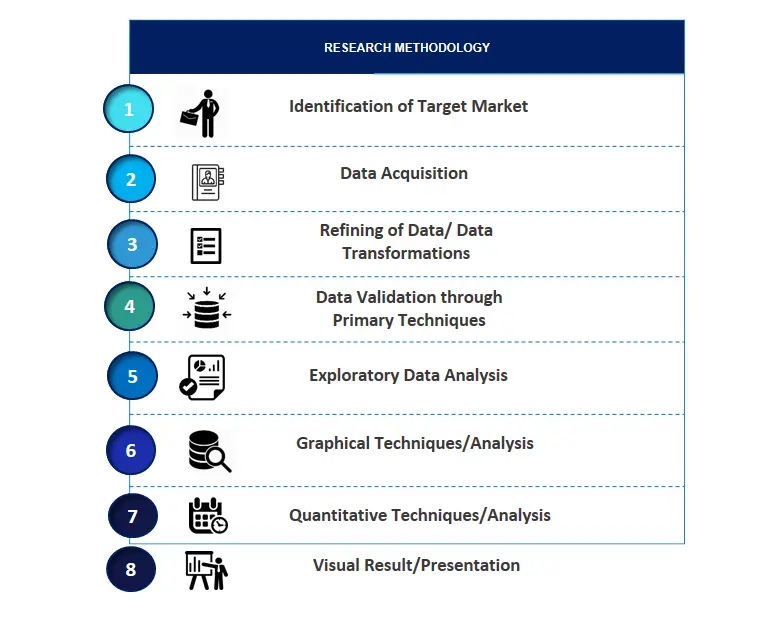
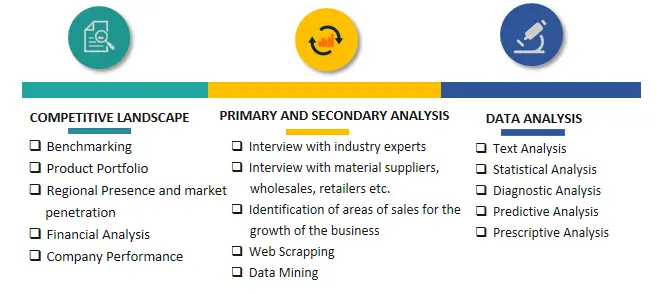

Frequently Asked Questions About This Report
PLACE AN ORDER
Year End Discount
Sample Report
Pre-Purchase Inquiry
NEED CUSTOMIZATION?
Request CustomizationCALL OR EMAIL US
100% Secure Payment
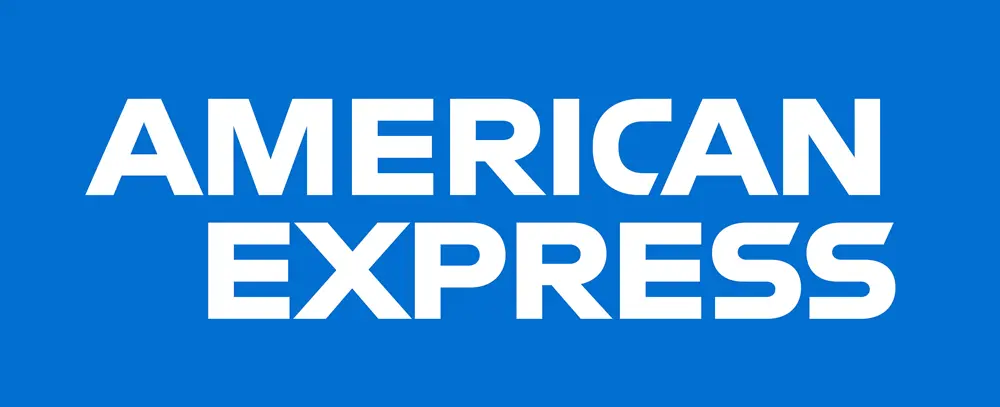
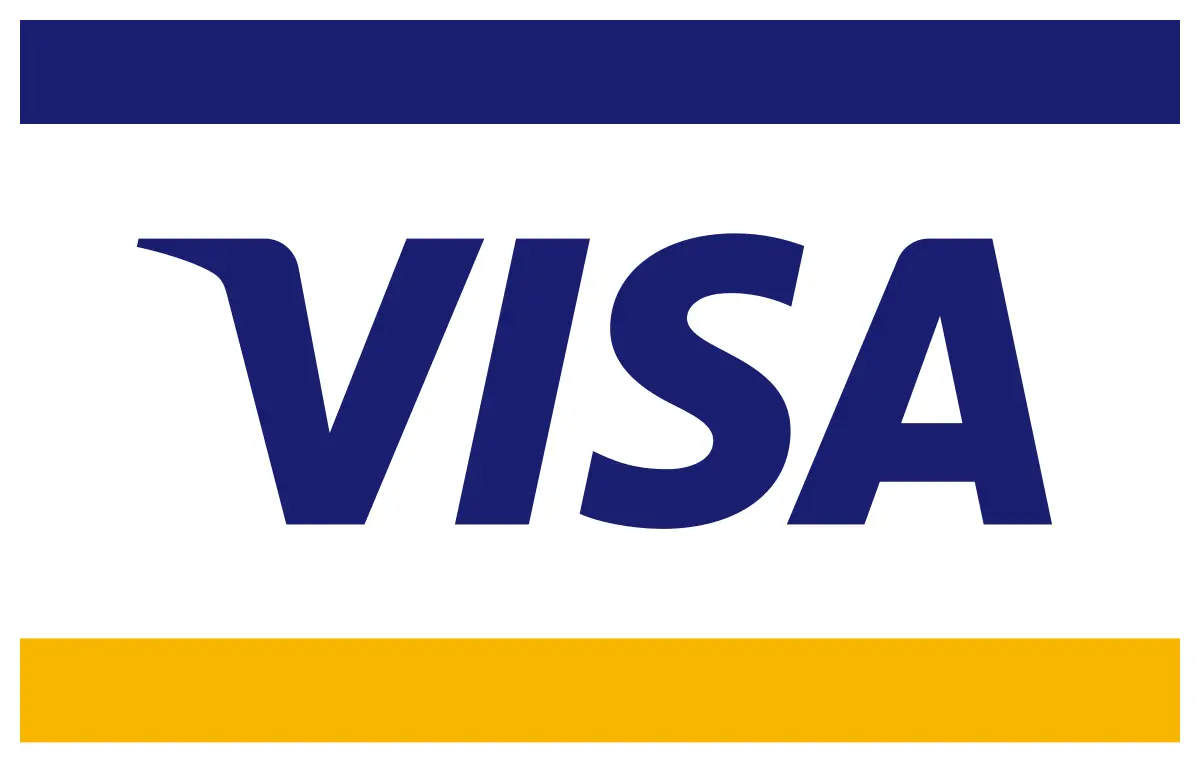

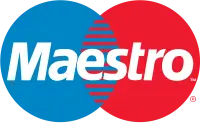


Related Reports
Our Global Clients
Our data-driven insights have influenced the strategy of 200+ reputed companies across the globe.






















